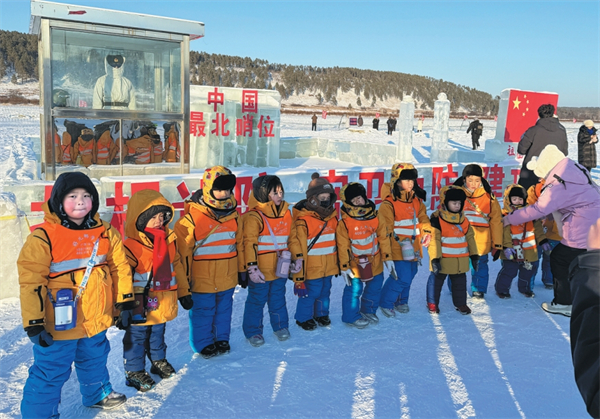Home>Harbin Today
China museum amasses Japanese Unit 731 evidence
Updated : 2014-04-07
By ( Xinhua )
More than 6,300 items have been collected in a drive to find evidence of the activities of Japan's notorious Unit 731 during World War II in the northeastern Chinese city of Harbin, said local authorities on Monday.
The Unit 731 Crimes Exhibition Hall in Harbin, Heilongjiang Province, has gathered 1,740 new pieces of evidence in the nationwide efforts in the past two years, according to the exhibition hall.
Researchers expanded their search scope to all regions where the Unit 731 was active, adding to the amount and quality of the hall's exhibits.
Unit 731 was a top-secret biological and chemical warfare research base established in Harbin in 1935, serving as the nerve center of Japan's biological warfare in China and Southeast Asia during WWII.
The 6,300 items includes arms, ammunition, clothing, equipment and parts, implements, books, documents and chemical reagents.
These items represent the whole operation process of Unit 731 in research, experimentation, creation of biochemical weapons and germ warfare attacks, said the exhibition hall.
At least 3,000 people were killed in experiments on humans at Unit 731. Civilians and prisoners of war from China, the former Soviet Union, the Korean Peninsula and Mongolia all perished at the hands of the Japanese.
The retreating Japanese invaders blew up the base when the Soviet Union army took Harbin in 1945.
The exhibition hall receives more than 300,000 visitors, about 10 percent of whom are foreigners, each year.
A documentary entitled "731" started shooting in February. It will feature interviews with witnesses and academics and information from historical archives.
Shooting is due to take place in China, the United States, Russia and Japan, and the film is expected to be broadcast by the end of the year.

Harbin ramps up childcare services
A new comprehensive service center for childcare in Harbin is expected to be finished by the end of the year.
-
Talent policies drive enterprise development in Harbin
Harbin's "30 New Talent Policies" represents an iterative upgrade to the talent policy system, helping attract and retain talent to bolster economic and social development.
-
Official website of 2025 Asian Winter Games goes live
Harbin, the host city of the 9th Asian Winter Games, has announced that the official website for the 2025 event has recently gone live.
-
Harbin launches measures to facilitate more foreign trade
In the first three quarters of 2023, the total import and export value of Heilongjiang province's goods trade hit 218.22 billion yuan.





